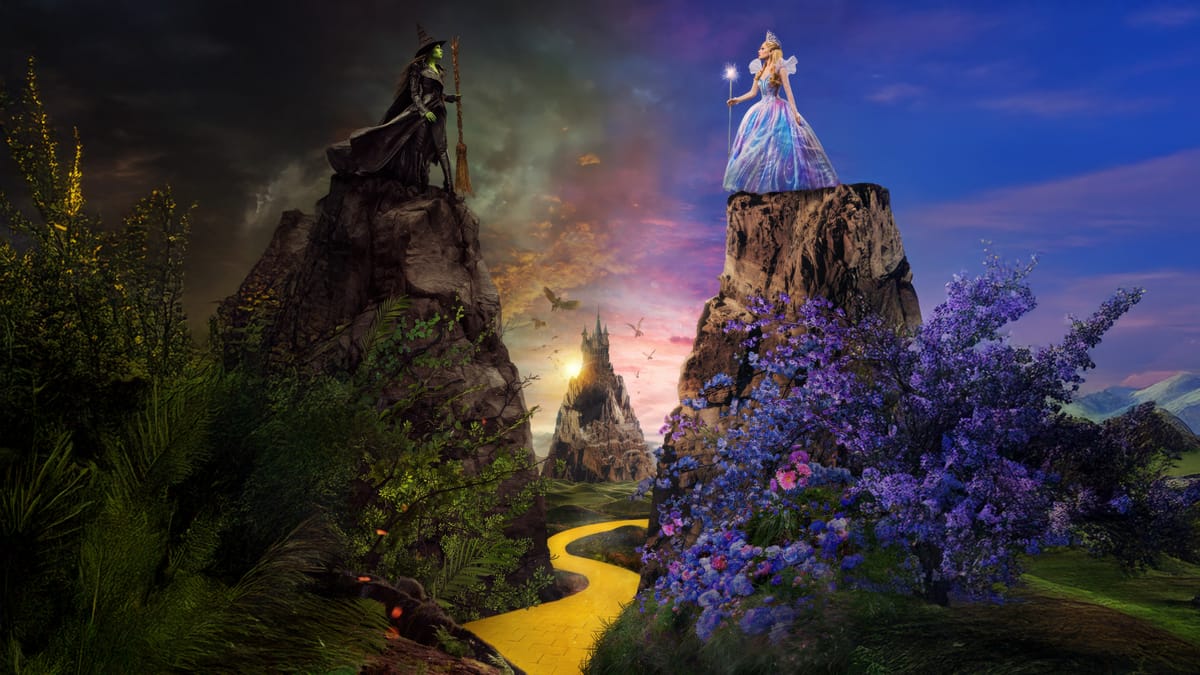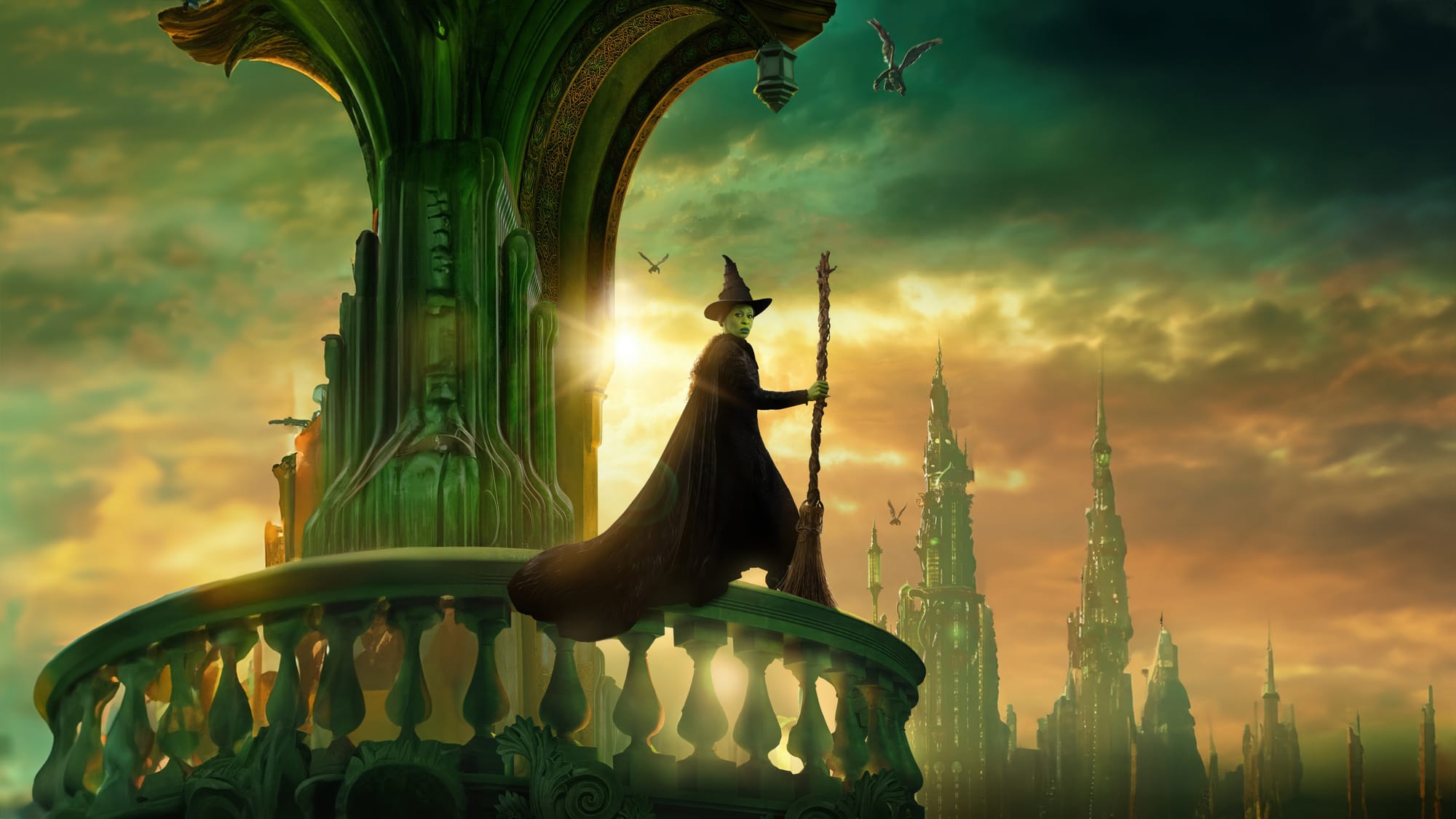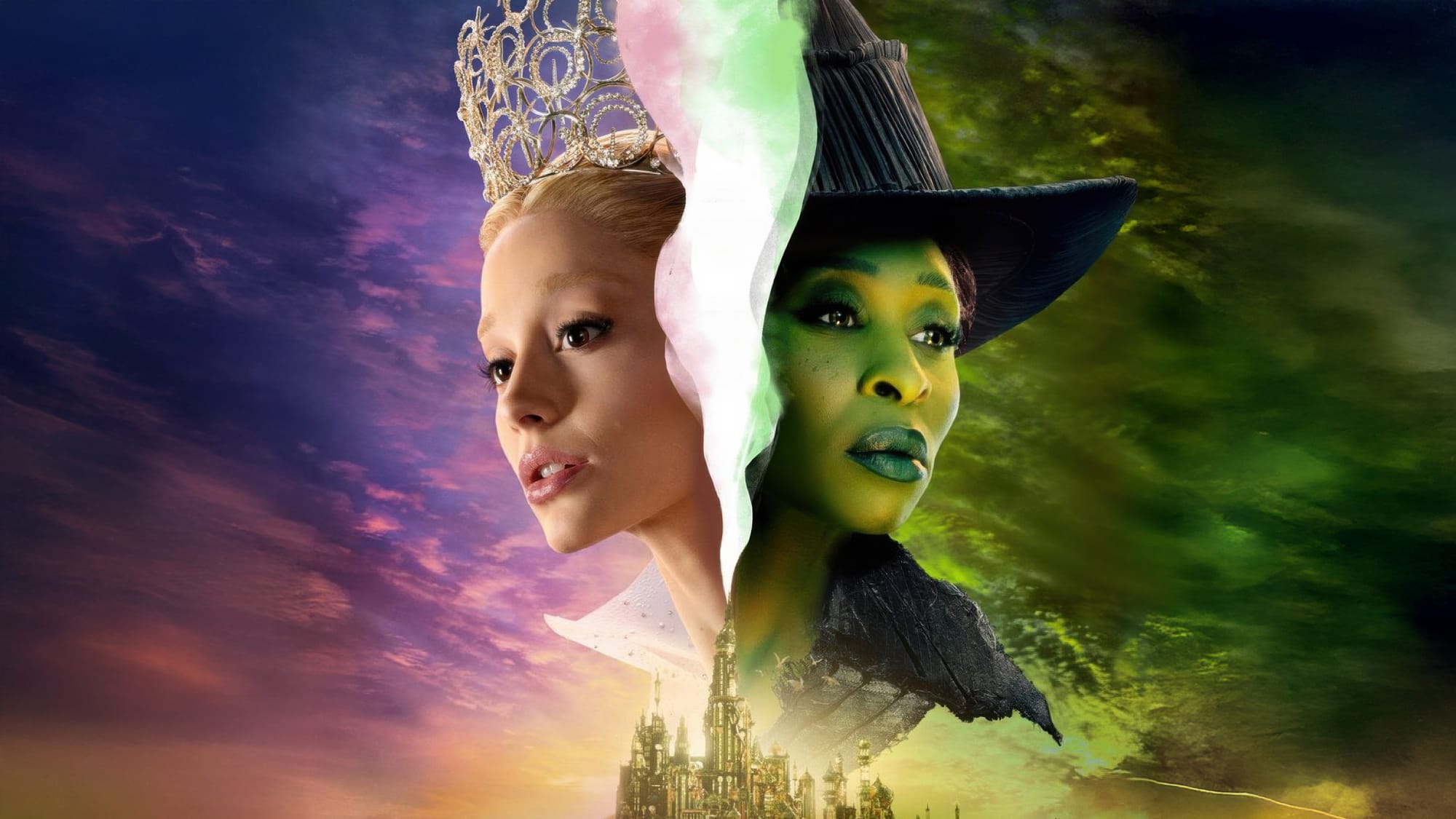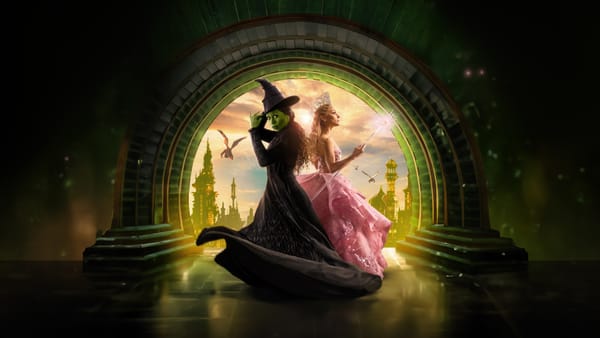Gold and Emerald: The Shades Between ‘Good’ and ‘Wicked’

Gold and Emerald: The Shades Between Good and Wicked
“We can easily forgive a child who is afraid of the dark; the real tragedy of life is when men are afraid of the light.” - Plato
In Oz, image reigns supreme. Position determines power, influence, and even what truth is. The golden gleam of Oz’s figureheads dictates what is hailed as ‘good’ and what is condemned as ‘wicked’ Yet, beneath the shimmering surface of social truth, a few dare to challenge the glow. These rebels raise a pivotal question: “Isn’t there more to righteousness than meets the eye?” With conviction in one palm and courage in the other, they defy familiarity to test the foundations of Oz’s moral order. Their emerald-tinted ideals clash with the golden standards of Oz, blurring the very lines of what it means to be ‘good’.

Gold: The Glittering Face of Goodness
Gold. Bright, shimmering, beautiful. In Oz, gold is more than a mere color; it represents the higher standard of morality of the land. Ozians take great pride in their sparkling facets, praising their founders’ certainty of that which is good and true. Yet, if one dares to dig deeper into the depths of Oz’s history, pushing aside the shine and polish, one can see the cracked foundations beneath their exquisite monuments. The kingdom’s entire history is built upon lies. With this, one begs to wonder how, in a society so fond of beauty, such significant cracks remain. Have they truly been forgotten, or perhaps ignored?
Ozian society exalts goodness and punishes wickedness. But, with such a fragile base structured by faulty deception, how can ‘truth’ truly be discerned? With ‘good’ citizens embellishing the culture’s perfection, how can true authenticity be heard? In a society biased against anything contradicting their doctrine, fairness and moral integrity have been forgotten. Ozians default to secrecy and falsehood to appear ‘good’.
With this people-pleasing mentality, Oz is blind to their own wickedness. While they disdain the ‘rebels’ who dare question the name of their Wonderful Wizard, they themselves are corrupt. The pursuit of social uprightness, defined by strict black-and-white boundaries, destroys true integrity.

Emerald: The Stained Shade of Defiance
Still, despite such seemingly absolute statutes, some dare to question what society deems ‘good.’ They raise their voices, only to be silenced and dismissed. Their perspectives are too different, too nuanced, to be recognized as valid. Yet there is a vital distinction between what is ‘radical’ and what is merely ‘uncomfortable.’
Ozians have grown so accustomed to their own version of truth that any new viewpoint is immediately rejected. Those brave enough to share differing ideals are met with exclusion and scorn.
And so a question emerges: How can a society that prides itself on purity and righteousness be so deeply prejudiced? Beneath the golden exterior lies a hollow core, a façade masking values that are, at their heart, rotten. With such hostility toward dissent, how can those few whose worldview conflicts with Oz’s absolutes ever hope to be heard?

Crowns of Gold and Hearts of Emerald: The Faces of Oz
At the center of Oz’s moral dilemma are the two women most affected by its rigid worldview: Glinda and Elphaba. When they first learn of the Wizard’s treacherous schemes, Elphaba boldly takes a stand, defying Ozian morality and earning exile as ‘The Wicked Witch of the West.’ Despite society’s condemnation, she continues her crusade, exposing the falsity behind their so-called certainties.
Glinda, by contrast, chooses caution. When faced with the challenge to Oz’s truths, she conforms to the defaults set by society. Her decision elevates her to the shining role of ‘Glinda the Good.’ Though guided by discomfort rather than malice toward her friend, her choice leaves Elphaba to fight alone, pitted against the world.
Their choices shape intertwined destinies while driving them apart. Glinda’s compliance is celebrated, yet it confines her, stripping away personal ideals in favor of societal approval. Meanwhile, Elphaba’s defiance leads to banishment—but it preserves her integrity, making her moral stance unshakable even in exile.

When Colors Collide
Within Oz’s rigid absolutes, the perspectives of dissenters reveal that the line between ‘good’ and ‘wicked’ is never as clear as the leaders claim. The ruling class fabricates the appearance of integrity, presenting uncertain standards as unquestionable truths. Those who attempt to define what is truly ‘good’ or ‘wicked’ are dismissed and publicly disgraced. In a society unwilling to question its own ideals, the downfall of genuine morality is inevitable.




